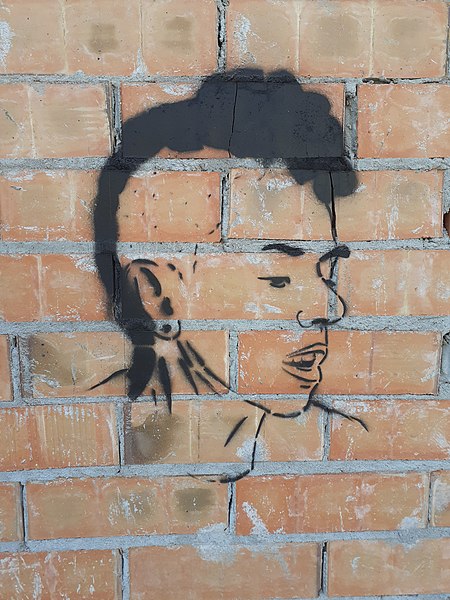2.3: The Harlem Renaissance
( \newcommand{\kernel}{\mathrm{null}\,}\)
It wasn’t only women who found new forms of expression in the 1920s. African Americans were also expanding their horizons and embracing the concept of the “new Negro.” The decade witnessed the continued Great Migration of African Americans to the North, with over half a million fleeing the strict Jim Crow laws of the South. Life in the northern states, as many African Americans discovered, was hardly free of discrimination and segregation. Even without Jim Crow, businesses, property owners, employers, and private citizens typically practiced de facto segregation, which could be quite stifling and oppressive. Nonetheless, many southern Blacks continued to move north into segregated neighborhoods that were already bursting at the seams, because the North, at the very least, offered two tickets toward Black progress: schools and the vote. The Black population of New York City doubled during the decade. As a result, Harlem, a neighborhood at the northern end of Manhattan, became a center for Afro-centric art, music, poetry, and politics. Political expression in the Harlem of the 1920s ran the gamut, as some leaders advocated a return to Africa, while others fought for inclusion and integration.
Revived by the wartime migration and fired up by the violence of the postwar riots, urban Blacks developed a strong cultural expression in the 1920s that came to be known as the Harlem Renaissance. In this rediscovery of Black culture, African American artists and writers formulated an independent Black culture and encouraged racial pride, rejecting any emulation of American culture. Claude McKay’s poem “If We Must Die” called on African Americans to start fighting back in the wake of the Red Summer riots of 1919. Langston Hughes, often nicknamed the “poet laureate” of the movement, invoked sacrifice and the just cause of civil rights in “The Colored Soldier,” while another author of the movement, Zora Neale Hurston, celebrated the life and dialect of rural Blacks in a fictional, all-Black town in Florida. Hurston’s Their Eyes Were Watching God was published in 1937.

Image 2.5 The Jamaican-born poet and novelist Claude McKay articulated the new sense of self and urban community of African Americans during the Harlem Renaissance. Although centered in the Harlem neighborhood of Manhattan, this cultural movement emerged in urban centers throughout the Northeast and Midwest.
The new Negro found political expression in a political ideology that celebrated African Americans distinct national identity. This Negro nationalism, as some referred to it, proposed that African Americans had a distinct and separate national heritage that should inspire pride and a sense of community. An early proponent of such nationalism was W. E. B. Du Bois. One of the founders of the NAACP, a brilliant writer and scholar, and the first African American to earn a Ph.D. from Harvard, Du Bois openly rejected assumptions of White supremacy. His conception of Negro nationalism encouraged Africans to work together in support of their own interests, promoted the elevation of Black literature and cultural expression, and, most famously, embraced the African continent as the true homeland of all ethnic Africans—a concept known as Pan-Africanism.
Taking Negro nationalism to a new level was Marcus Garvey. Like many Black Americans, the Jamaican immigrant had become utterly disillusioned with the prospect of overcoming racism in the United States in the wake of the postwar riots and promoted a “Back to Africa” movement. To return African Americans to a presumably more welcoming home in Africa, Garvey founded the Black Star Steamship Line. He also started the United Negro Improvement Association (UNIA), which attracted thousands of primarily lower-income working people. UNIA members wore colorful uniforms and promoted the doctrine of a “negritude” that reversed the color hierarchy of White supremacy, prizing Blackness and identifying light skin as a mark of inferiority. Intellectual leaders like Du Bois, whose lighter skin put him low on Garvey’s social order, considered the UNIA leader a charlatan. Garvey was eventually imprisoned for mail fraud and then deported, but his legacy set the stage for Malcolm X and the Black Power movement of the 1960s.
Remixed from:
P. Scott Corbett (Ventura College), et al. U.S. History by OpenStax (Hardcover Version, Full Color). 1st ed., XanEdu Publishing Inc, 2014, openstax.org/books/us-history/pages/24-3-a-new-generation. CC BY 4.0.

